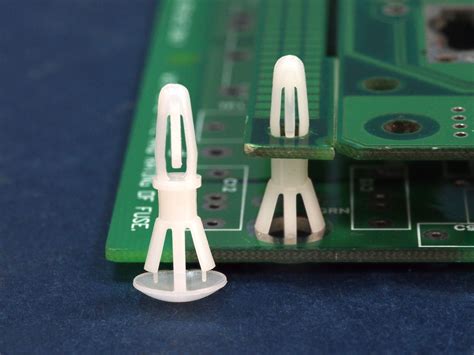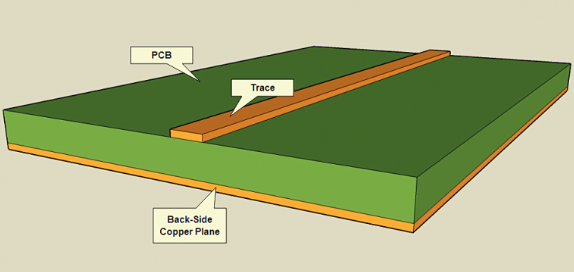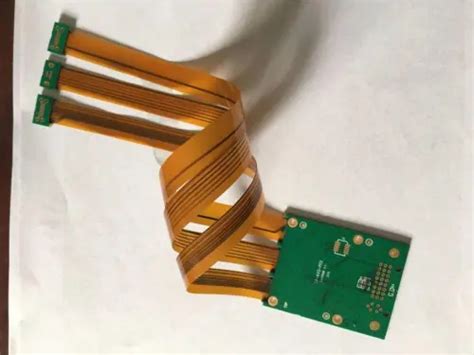What are the characteristics of high reliability PCBs?
At first glance, PCBs appear similar on the surface, regardless of their inherent quality. It is through the surface that we see differences, which are critical to the durability and function of the PCB throughout its life.
It is crucial that PCBs have reliable performance both during the manufacturing assembly process and in actual use. In addition to the associated costs, defects in the assembly process may be carried by the PCB into the final product, and failures may occur during actual use, leading to claims. Therefore, from this point of view, it is no exaggeration to say that the cost of a good quality PCB is negligible.
In all market segments, especially those producing products in critical application areas, the consequences of such failures are disastrous.
When comparing PCB prices, these aspects should be kept in mind. Although the initial cost of reliable, guaranteed and long-life products is higher, it is worth it in the long run.
The 14 most important characteristics of high reliability circuit boards
1.25 micron hole wall copper thickness
Benefits: Enhanced reliability, including improved resistance to expansion in the z-axis.
Risks of Not Doing This
Blowing or degassing, electrical connectivity issues during assembly (internal layer separation, hole wall fracture), or failure under load conditions in actual use. IPC Class 2 (the standard used by most factories) requires 20% less copper plating.
2.No soldering repairs or open circuit patching repairs
Benefits: Perfect circuits ensure reliability and safety, no repairs, no risks
Risks of Not Doing This
If the repair is not done properly, the circuit board will be open. Even if the repair is “proper”, there is a risk of failure under load conditions (vibration, etc.), which may cause failure in actual use.
3.Exceeding the cleanliness requirements of the IPC specification
Benefits: Improving PCB cleanliness can improve reliability.
Risks of Not Doing This
Residues and solder accumulation on the circuit board will pose risks to the solder mask, and ionic residues will cause corrosion and contamination risks on the solder surface, which may cause reliability problems (bad solder joints/electrical failures) and ultimately increase the probability of actual failures.
4.Strictly control the service life of each surface treatment
Benefits: Solderability, reliability, and reduced risk of moisture intrusion
Risk of not doing this
Due to metallographic changes in the surface treatment of old circuit boards, solderability problems may occur, and moisture intrusion may cause delamination, inner layer and hole wall separation (open circuit) and other problems during the assembly process and/or actual use.
5.Use internationally renowned substrates – do not use “local” or unknown brands
Benefits: Improved reliability and known performance
Risk of not doing this
Poor mechanical properties mean that the circuit board cannot perform as expected under assembly conditions, for example: high expansion performance can cause delamination, open circuit and warping problems. Weakened electrical characteristics can lead to poor impedance performance.
6.Copper clad board tolerance meets IPC4101ClassB/L requirements
Benefits: Strict control of dielectric layer thickness can reduce the deviation from the expected value of electrical performance.
Risk of not doing this
Electrical performance may not meet the specified requirements, and the same batch of components will have large differences in output/performance.
7.Define solder mask materials to ensure compliance with IPC-SM-840 Class T requirements
Benefit: NCAB Group recognizes “good” inks, achieves ink safety, and ensures solder mask inks meet UL standards.
Risks of not doing this
Poor quality inks can cause adhesion, flux resistance and hardness issues. All of these problems can cause the solder mask to separate from the board and ultimately cause corrosion of the copper circuit. Poor insulation properties can cause short circuits due to unexpected electrical connectivity/arcing.
8.Define tolerances for shape, holes and other mechanical features
Benefit: Tight tolerance control can improve the dimensional quality of the product – improved fit, form and function
Risks of not doing this
Issues during assembly, such as alignment/fit (problems with press fit pins will only be discovered after assembly is completed). In addition, there will be problems with mounting into the base due to increased dimensional deviations.
9.NCAB specifies solder mask thickness, although IPC does not specify it
Benefits: Improved electrical insulation properties, reduced risk of peeling or loss of adhesion, and increased ability to resist mechanical impact – no matter where the mechanical impact occurs!
Risks of Not Doing This
Thin solder mask can cause adhesion, flux resistance and hardness issues. All of these issues can cause the solder mask to separate from the board and eventually lead to corrosion of the copper circuit. Poor insulation properties due to thin solder mask can cause short circuits due to unexpected conduction/arcing.
10.Defined appearance requirements and repair requirements, although IPC does not define them
Benefits: Careful care and carefulness during the manufacturing process create safety.
Risks of Not Doing This
Multiple scratches, small damages, repairs and repairs – the board is usable but not good-looking. In addition to the problems that can be seen on the surface, what are the invisible risks, the impact on assembly, and the risks in actual use?

11.Requirements for plug hole depth
Benefits: High-quality plug holes will reduce the risk of failure during assembly.
Risks of Not Doing This
Unfilled plug holes can retain chemical residues from the gold immersion process, causing problems such as solderability. In addition, there may be tin beads hidden in the holes, which may splash out during assembly or actual use, causing short circuits.
12.PetersSD2955 specifies the brand and model of peelable blue glue
Benefit: Specifying peelable blue glue avoids the use of “local” or cheap brands.
Risk of not doing this
Poor quality or cheap peelable glue may bubble, melt, crack or solidify like concrete during the assembly process, making the peelable glue unpeelable/ineffective.
13.NCAB implements a specific approval and ordering procedure for each purchase order
Benefit: The implementation of this procedure ensures that all specifications have been confirmed.
Risk of not doing this
If the product specifications are not carefully confirmed, the resulting deviations may not be discovered until assembly or the final product, which is too late.
14.Do not accept sets of panels with scrapped units
Benefit: Not using partial assembly can help customers improve efficiency.
Risk of Not Doing This
A defective panel requires a special assembly procedure, and if the x-out is not clearly marked or isolated from the panel, it is possible to assemble the known bad panel, wasting parts and time.








